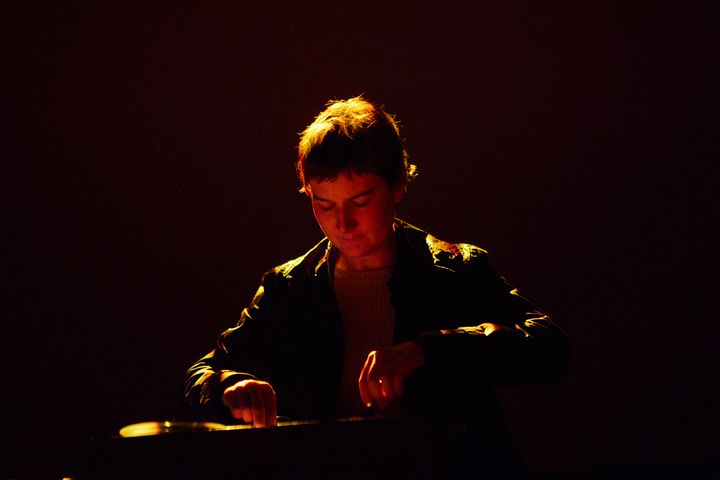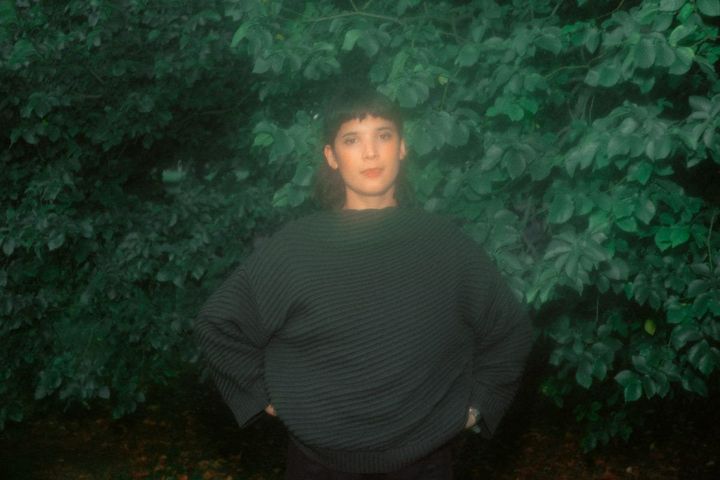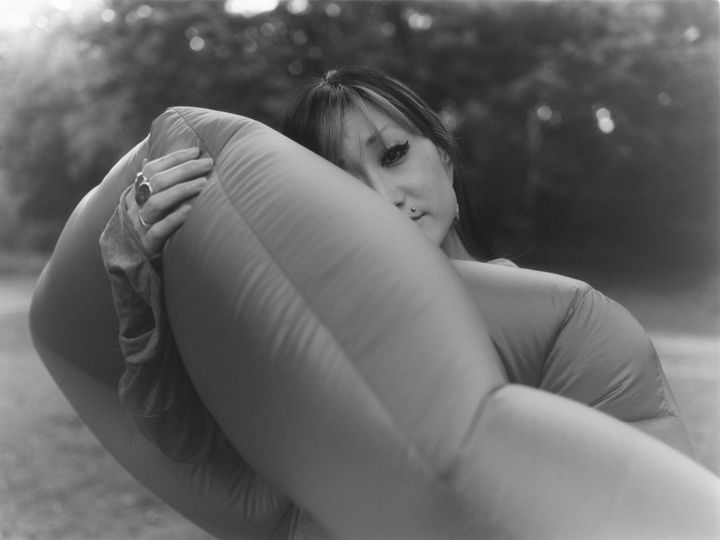Interview: Simon Coates (Tse Tse Fly)

So what exactly is Tse Tse Fly?
Tse Tse Fly is a club night where we play sound art and experimental music rather than the usual club music fodder. The nights also act as a platform for live performance as well as recorded media. It’s based in Dubai where I live but I’m working on taking the concept to other regions. I’m also looking at starting a Tse Tse Fly net and/or tape label for regional artists.
You’ve cited numerous reasons for wanting to start a sound art club night in Dubai, one of which being the lack of sound art locally. Is this a case of a lack of sound artists, or a lack of spaces in which to exhibit work, or both?
Both, but primarily a lack of sound art – and sound artists – locally. In terms of spaces, there are loads of galleries in Dubai but they’re mostly commercial and therefore geared to the usual wall-based stuff, with probably only one or two exceptions. So, even if there was a bunch of artists making sound work, they’d have no proper platform. In terms of local artists, the UAE in general is home to a handful of genuinely talented, international standard artists. Very few of them use sound, none of them explicitly. One thing that I’m hoping the Tse Tse Fly events will show anyone who’s interested is that experimenting with sound is an incredibly rewarding experience.
You’ve also mentioned the fact that the Dubai club scene tends toward the commercial. Are there any existing spaces or clubs that welcome peripheral artistic forms and experimental music? How do you get your fix at the moment?
No, there really aren’t any venues here that take risks – musically or otherwise – on a regular basis. That’s one of the other reasons behind Tse Tse Fly. I know that there are people here in Dubai that really crave an alternative to the commercial club scene. Or just a night out that isn’t interrupted by Taylor Swift or whoever. And that includes me. I guess in part Tse Tse Fly comes from my own frustrations. Let’s face it, there’s only so much David Guetta one person can take before something blows. So instead of sucking it up and staying at home, I’m putting on something that I would actually go to…
What can you tell us about the space itself, Casa Latina? I noticed that you recently went over there to conduct a tech review – how did that go?
Casa Latina is a kind of grungy bar that’s in a hotel in the Al Barsha area of Dubai. Not the most salubrious of districts. It’s one of the few venues that I’ll go to where I’m in with a chance of hearing something decent. It’s also unprententious and a little down at heel. I went along to check up the technical set up, and I took Jonny Farrow with me – he’s the Abu Dhabi-based artist who’s performing on the first Tse Tse Fly night. We just wanted find out if the sound system and other tech was in line with what we needed. Luckily they’ve just bought a new projector as I swear the old one ran on candle power. It was cool. The guy there demonstrated the PA by playing some reggaeton at full blast.
Can you introduce us to a couple of Dubai sound artists worth checking out?
There’s a guy here called Karim Sultan who’s making some interesting work. He performed at the Shubbak Festival of Contemporary Arab Culture in London last month. We’ll be showcasing a new piece of work from him at the first night and he’s hopefully going to play live at the following event in October. I’m also working with an emerging artist called Nour Sokhn. She left art college last year and has just started experimenting with sound as an addition to her practise. In fact her debut sound piece will be part of the first night, along with Karim’s work. Although she’s in Palestine rather than Dubai, I would also say Asma Ghanem is one to watch. Her work is very strong, really intriguing.
Does Dubai itself impose any influence upon the sound art made in the region? Have you noticed the influence of Dubai within your own output as a sound artist?
There’s no particular imposition of influence as such. Although in broader terms there are certain social mores that we have to respect as artists here. Depiction of nudity isn’t allowed, for example, and there are certain faith-based beliefs that can’t be challenged. That said, there’s so much here that can kick off sound projects, and that’s partly why I’m baffled as to why other artists aren’t using sound as a medium. Dubai is on the edge of the desert as well as being on the coast of the Arabian Gulf, so there is both desert and maritime culture to fuel ideas. There’s a creek with traditionally-built boats alongside local markets (called souqs). There’s something like ninety different nationalities living in Dubai, so you can imagine the kind of sounds we’re exposed to. Music, language, radio and so on. Dubai is a very rich source if you listen hard enough.
What’s the significance of the name Tse Tse Fly?
I’ve always liked things that don’t sound like they have the right name. Like Amazon. Why name an online sales company after a South American river? Also Tse Tse Fly has that onomatopoeic feel to it. Just saying the words sounds like the buzzing of a fly.
The first Tse Tse Fly night is taking place on September 18th. What’s going to be happening on the night?
It’s just three hours long so I’ve split it into three, one-hour sections. The first hour is a curated collection of sound art played back to back. The work chosen all comes with accompanying video, so there’s a visual – as well as a sonic – element. It also means we can show kinetic pieces. In all, it’s a mix of stuff from regionally-based artists as well as international sound work. Then Jonny Farrow will perform his audio/visual set for an hour. He’s built an interactive software chain that responds to noise and this will be showing while he makes sound in the live environment. I have a side project called A Taxi For My Uncle, which is about putting international noise in a Jamaican sound system framework. So for the last hour I’ll be playing some very heavy dub as A Taxi For My Uncle, not least because dub has had an enormous effect on sound makers, both as an experimental artform and a music genre. To me, Osbourne Ruddock is as influential as, say, Kraftwerk or La Monte Young.
You put on a sound art exhibition last year entitled Peace Is An Open Space, which featured works by Alvin Lucier and Scanner. How was it received? Was it well attended?
I was very happy with the show. The whole point was to put together an exhibition that served as an introduction to sound art. As they entered the gallery visitors were given a tablet and a pair of headphones as the majority of the sound art was actually hosted online. We also had a couple of listening stations in the gallery, some text work and some images for background and context. I asked Marc Weidenbaum to come up with a list of recommended sound art starting points and we displayed his suggestions as large handwritten, notebook pages. Marc runs the disquiet website and he wrote the 33 ⅓ book on Aphex Twin’s Selected Ambient Works II. Scanner donated two video pieces straight off the bat. I asked him if he’d like to take part and he said yes straight away. He also posted on his website and social media pages about the exhibition too. He totally got the idea and was very helpful. I actually contacted Alvin Lucier months ahead of the show and didn’t hear a thing back. Then, literally two weeks before the exhibition opened, he sent me an email asking if it was too late to take part. So we ended up showing I Am Sitting In A Room with his blessing, which was very cool.
Tse Tse Fly on Facebook: www.facebook.com/tsetseflymiddleeast
Tse Tse Fly on Instagram @tsetseflymiddleeast



